Mapping Your Long-Distance Move
Bryan Bloom • May 6, 2024

Embarking Upon Your Long-Distance Moving Journey, An Overview of the Process
Introduction to long-distance moving – What does it encompass?
Long-distance moving varies significantly from local moving . It involves a range of complexities as you leave your familiar surroundings and transition to an entirely new environment often hundreds of miles away. The spectrum of activities involved stretches from the moment you make the decision to move until you are completely settled into your new home.Significance of meticulous planning for a long-distance move
Detailed planning paves the way for a hassle-free move and taking the stress out of moving miles away . . It alleviates moving stress and facilitates a seamless relocation. A well executed long-distance move does not happen by chance. Rather, it's a product of thought through decisions, meticulous planning, and timely execution, underpinned by the partnership with a professional moving company like Kinetic Movers.The Power of Advanced Planning
How to Prioritize Tasks for Your Long-Distance Move
The key to a successful move is prioritizing your tasks appropriately. A good starting point is to break down your objectives into digestible tasks and subtasks. Use a checklist to effectively manage your tasks, ensuring you don’t overlook anything. Here's an example of how you could structure your long-distance move :- Initial Prep:
- Research your new area for important amenities, routes, and facilities.
- Begin sourcing packing materials like boxes, packing paper, and bubble wrap.
- Create a 'moving file' to keep track of quotes, receipts and other important documents.
- Planning:
- Start comparing moving services.
- Get in touch with Kinetic Movers for a free quote.
- Create a moving budget.
- Begin sorting and decluttering your belongings.
- Packing and Loading:
- Begin packing items you don't use daily.
- Label the boxes.
- Prepare an 'essentials box'.
- The move:
- Ensure all packed boxes are ready to be loaded.
- Perform a final sweep of your old home.
- Post-move:
- Unload and unpack strategically.
- Begin the process of settling into your new home.
Essential Items to Prepare Before the Move
The preparation phase involves gathering necessary supplies and sorting your belongings. Key supplies generally include moving boxes of various sizes, packing tape, labeling markers, bubble wrap, packing paper, a dolly for heavy items, and furniture covers. Decide which items you want to take with you, which items to sell or donate, and which to discard. Remember, the lighter your moving load, the easier and often less expensive your move becomes.Ideal Time Frame for Starting Your Moving Plan
Generally, an ideal time frame to begin planning for a long-distance move is at least three months in advance. This provides ample time for all necessary preparations, like sorting through belongings, hiring a moving company including packing services . Moreover, it allows for a buffer period to deal with any unanticipated occurrences that can often happen in the moving process.Selecting the Right Moving Company
Criteria for Choosing a Reliable Long-Distance Moving Company
Choosing the right moving company underpins the success of your long-distance move. Here are essential criteria to consider:- Experience and Reputation: Look at how long the moving company has been in operation and check online for customer reviews.
- Licensing and Insurance: Be sure the moving company is licensed and insured. For interstate moves, the company should hold a U.S. Department of Transportation number.
- Services Offered: Consider the range of services offered. A full-service mover like Kinetic Movers can manage every aspect of the move, offering packing, loading, transportation, unloading, and assembly services.
- Transparent Rates: Understand the pricing structure and ensure there are no hidden fees.
- Customer Service: A good moving company will be happy to answer your questions and assist you through the moving process.
What Sets Kinetic Movers Apart in Long-Distance Moving Services?
Kinetic Movers stakes its reputation on delivering top of the line moving services. Our vast experience, trained professionals, wide ranging services, and esteemed customer service can make a marked difference on your moving day. We go the extra mile to ensure your long-distance move is not only successful but also a breeze for you.Understanding Moving Estimates & Budget Formation
Types of Moving Estimates – A Comparative Analysis
When planning your move, understanding moving estimates is crucial. Here are the three types you might encounter:- Binding Estimate: This assures the total cost of the move based on the moving company’s survey of the items. It offers cost certainty but does lack flexibility if your move changes.
- Non Binding Estimate: This provides an approximation of the cost based on the mover's survey, but the final cost could change based on the actual weight of your shipment.
- Binding Not to Exceed: Also known as "guaranteed price" or "price protection," this estimate assures that you will not be charged beyond the initial estimate based on weight. In fact, if your shipment weighs less, you'll end up paying less.
Crucial Elements Affecting the Cost of Long-Distance Moving
Several aspects can affect the cost of your move, which include:- Distance: Naturally, the longer the distance, the higher the price due to increased fuel use and driver time.
- Weight of Shipment: Moving costs can be directly tied to weight; the heavier the load, the higher the cost.
- Time of the Year: The timing of your move can impact cost. Summer months often come with higher prices due to higher demand.
- Additional Services: Any extra services such as packing or assembly and disassembly of furniture can add to your final moving bill.
Tips for Formulating a Realistic Moving Budget
Formulating a moving budget can help you manage costs effectively. When budgeting, consider moving estimates, personal travel costs, post move living costs, and any unforeseen charges. Always allocate extra for unexpected expenses. Getting a transparent and comprehensive quote from your mover, like Kinetic Movers, can facilitate this process.Imperative Measures for Protecting Belongings during a Long-Distance Move
Techniques for Securing Fragile and High-Value Items
Securing your fragile and high value items is a key aspect of long-distance moving. Here are some tips:- Use Quality Packing Materials : It’s wise to invest in quality packing materials like sturdy boxes, specialty containers, bubble wrap, and packing peanuts.
- Pack with Care : Wrap every individual item separately. Don't overload boxes, and always try to fill empty spaces with packing peanuts or paper to prevent movement.
- Consider Custom Crating : For particularly fragile or valuable items, consider custom crating options with Kinetic Movers to offer the enhanced protection these items demand.
Essential Packing Supplies for a Successful Long-Distance Move
Effective packing is supported by having the right supplies. Here's a basic list:- Various sized boxes (standard, wardrobe, dish pack, and picture boxes)
- Wrapping paper for delicate items
- Bubble wrap for larger fragile items
- Packing peanuts
- Packing tape
- Marker pens for labeling boxes
- Stretch wrap for furniture protection
Importance of Moving Insurance and Choosing the Right One
Considering moving insurance is crucial for a long-distance move. This offers an additional coverage layer for your belongings during the move. At Kinetic Movers, we offer different coverage levels, allowing you to choose the one that best meets your needs.Legalities and Paperwork Related to Long-Distance Moving
Understanding Moving Contracts – Reading the Fine Print
A moving contract is your agreement with your moving company, and knowing its details can spare you from many headaches. Contracts generally come in three types:- Bill of Lading : This is your official contract with the mover. It contains a list of your belongings, pick-up and delivery dates, and insurance details.
- Order for Service : This involves the estimated cost of your move. It should also state if the mover arbitrates disputes.
- Inventory List : This document contains a detailed list of your belongings and their condition before the move.
Identifying and Managing Essential Documents for Long-Distance Moves
Be organized with your important papers. Take care of essential documents such as your moving contract, personal identification forms, health records, and financial documents. Create a necessary document folder to keep them safe and accessible during the relocation. Survival Strategies for Moving Day and Post-Move Adaptation
Essential Tips for a Stress-Free Moving Day
Moving day is the culmination of your planning and preparation. To ensure everything runs smoothly:- Double check your inventory list is complete and accurate.
- Make sure everything is packed and labeled correctly.
- Be available to oversee the loading process and answer any questions from your movers.
- Keep personal items and important documents with you.
- Do a final walkthrough of your old house to see if you left anything.
- Confirm the delivery details with your movers.
Settling into the New Home: Steps to Quick Acclimation Post-Move
Post move acclimation begins when you step into your new home. Here are some tips to help:- Begin by unpacking vital items and setting up important areas like bedrooms and the kitchen.
- Acquaint yourself with your new community. Understand the nearest medical facilities, grocery stores, and other essential landmarks.
- Update your address for all relevant services and subscriptions.
- Regularly communicate with your loved ones to help navigate the transition phase more smoothly.



